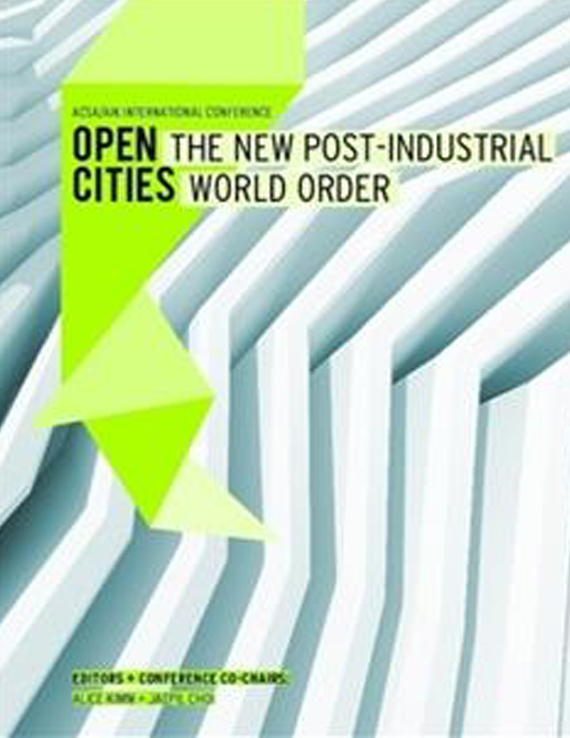Author(s): Sang-hun Lee
Seoul much like other newly developed modern Asian cities, has unique urban qualitiesthat are not easily explained by traditional theories of Western urbanism. Underthe presence of an unprecedented intensity and speed of new production and consumptionAsian cities are in a state of constant flux without definite form. Scholarsand architects have coined terms like ‘generic city’ or ‘open city’ to describe thisextraordinary phenomena of Asian cities, with an additional aim to envision the futureform of global cities.Seoul is unique especially in the way it adapts to constantly changing programs.Keunseng, the most common type of commercial building in Korean cities plays akey role in this extreme adaptability. In Western cities, commercial shops are usuallyplaced on the ground floors of apartment blocks. This architectural typologyof vertical combination of houses with shops on the ground floor had developedsince the early stage in history of Western cities and has maintained until capitalisticmetropolis. In Korean cities, however, various commercial programs for urbanneighborhoods are packed within a multistory building called Keunseng, placed atthe periphery of urban blocks along the main streets. This is a unique type of spatialconfiguration of houses and shops in Korean cities. In this respect, Seoul differs fromother East Asian cities in China and Japan.Keunseng is a multistory frame building, within which almost any urban programfrom commercial to religious may be adapted. Originally a building for variousneighborhood commercial facilities, Keunseng at times even takes the functionof housing in the form of Gosiwon. Under the unprecedented pressure of time,speed and quantity, the way dynamic change and mixture of programs take placein Keunseng is very efficient. It is dense and flexible at the same time. With theextreme neutrality, Keunseng works as an efficient tool for capitalistic open citieslike Seoul.Keunseng is a building type never anticipated by western urban theories. Le Corbusierfor example, had criticised Parisian apartments with shops on the groundfloor as inefficient for the modern city and suggested functional zoning. Howeverhe never imagined an independent mixed use commercial building like Keunseng.F. Jameson recently suggested ‘extreme isometric space’ and ‘enclosed skin volume’as architectural styles for the age of finance capital. He explained that thiskind of abstraction might be a form of mediation between architectural aestheticsand finance capital which claims future value through land speculation. In thisrespect, Keunseng in Korean cities is already a perfect example.This paper attempts to analyze characteristics of Keunseng as a unique buildingtype for a capitalistic open city like Seoul and to discuss its problems as well aspotential. And like the “Culture of congestion” that R. Koolhaas analysed in Manhattanskyscrapers, I would like to highlight the cultural dimension of Keunseng asCulture of Mix, as a negotiated form between architectural and urban tradition ofKorea and the logic of capital.
Volume Editors
Alice Kimm & Jaepil Choi
ISBN
978-0-935502-91-6

 Study Architecture
Study Architecture  ProPEL
ProPEL 
